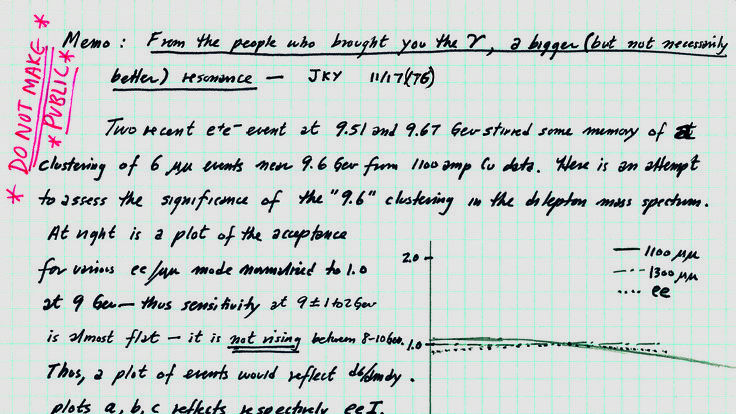Bob Bishop: Scientific computing
The future of science will be driven by the improving performance of accelerators, telescopes, microscopes, spectrometers, and computers. The progress of scientists will depend on how well these instruments leverage each other and the investigation process.





